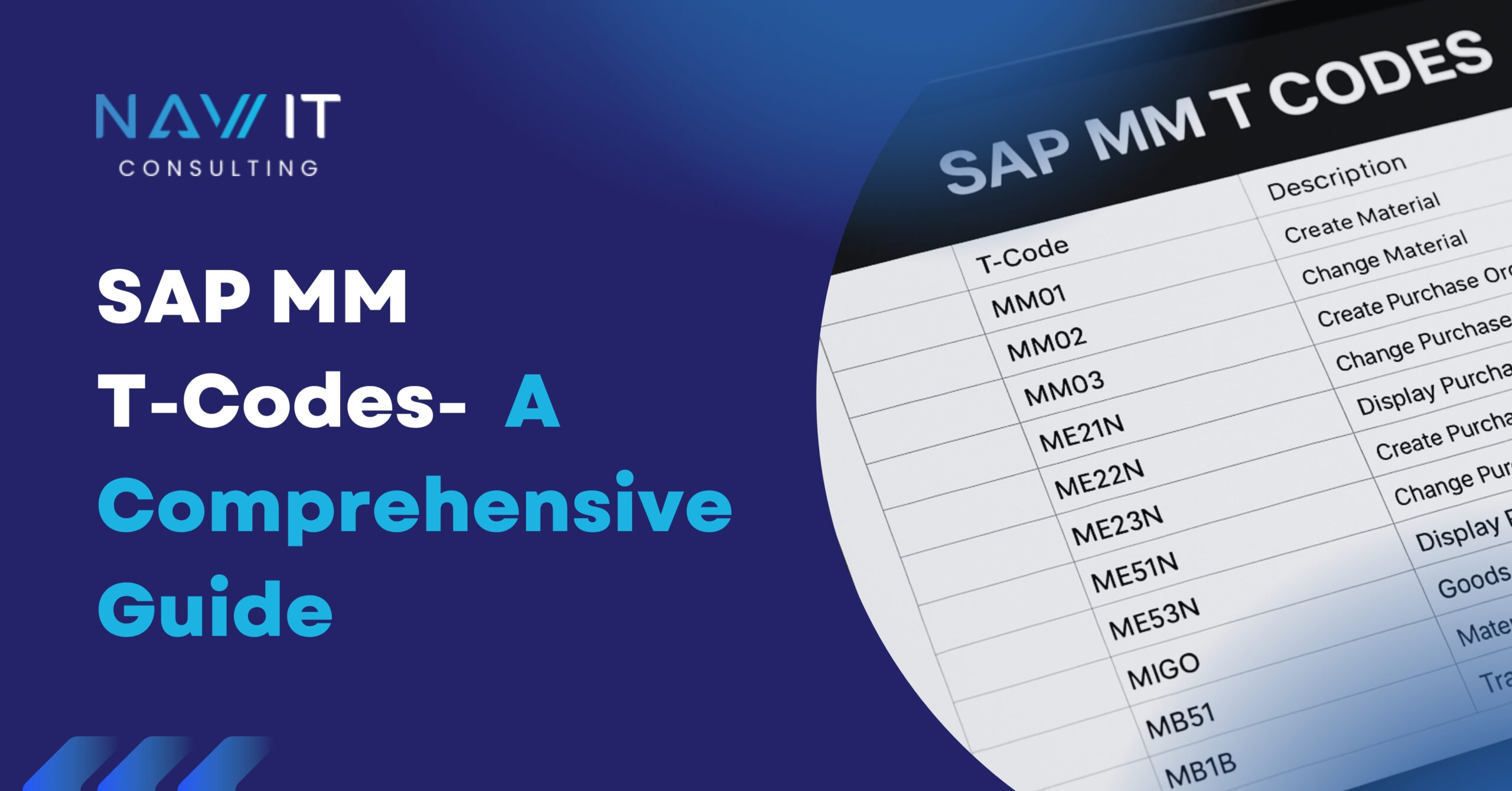In this blog post, we will delve into the comprehensive explanation of the 1000-point check, also known as ADR 1.1.3.6 DG Exemption, which pertains to the transportation of Dangerous Goods (DG).
What are Dangerous Goods?
A dangerous good (also known as hazardous material or hazmat) is any substance or material that is capable of posing an unreasonable risk to health, safety, and property when transported in commerce. Explosives, firecrackers, petrol, poisons, and radioactive materials are some examples.
Several items may endanger the safety of people traveling on the road, and therefore it is mandatory to obtain the permission of the appropriate authorities before carrying these items.
Here we are particularly talking about Road transport & exemption provided during it.
What is ADR 1.1.3.6?
European agreement ADR is an international standard Agreement governing the transport of Dangerous Goods via the Mode of Transport Road. It is commonly abbreviated as ADR, which stands for the Agreement of Dangerous Goods.
Incorporated within the ADR book, Article 1.1.3.6 of the agreement outlines an exemption that hinges on the calculation of points assigned to dangerous goods. If the total points calculated using the specified method do not surpass 1000 points, the exemption can be invoked.
The pivotal article in the agreement is the second, which stipulates that, with the exception of excessively hazardous goods, other dangerous goods can be transported internationally in road vehicles as long as two main conditions are met:
- The goods must adhere to the requirements specified in Annex A, especially concerning their appropriate packaging and labeling.
- The vehicle carrying the respective goods must comply with the conditions stated in Annex B, particularly regarding its construction, equipment, and operation.
ADR points Calculation
To calculate ADR points, you need to know the exact UN numbers. Without UN number you cannot calculate the exact amount that you can transport by Road.
For example, Petrol UN 1203, Diesel UN 1202, etc.
If the truck carries 25 cans of diesel, each weighs 20 liters. And as per the UN number multiplication factor is 1 for Diesel UN 1202.
Then, 20 litres x 25 Cans x 1 = 500
Which are less than 1000 points & exemptions can be applied here.
Proper marking and labeling of dangerous goods packages are crucial to communicate hazards and prevent accidents, ensuring compliance with regulations. I will be covering this part in my next blog.
Requirements:
- The driver must be informed about the type of Dangerous Goods (DG) being transported.
- Create a comprehensive list of all DG items, including their corresponding UN numbers and quantities.
- Affix stickers on all equipment, such as packages or containers, carrying Dangerous Goods.
- Ensure that the equipment containing DG is within its valid period of use.
In SAP TM (Transportation Management), the term “1000 Points Check” refers to a feature that enables users to perform a comprehensive examination for dangerous goods exemptions before initiating the transportation of hazardous materials by road. This functionality streamlines the process, allowing efficient management and tracking of dangerous goods shipments while ensuring compliance with relevant regulations. By automating the check, it enhances safety and legality during the transportation of hazardous materials, mitigating potential risks associated with non-compliance. It’s important to note that the implementation and features of this check may vary depending on the SAP TM version and customization.
You can consult NAV IT Consulting to seek advice from our SAP experts to effectively utilize this feature.










